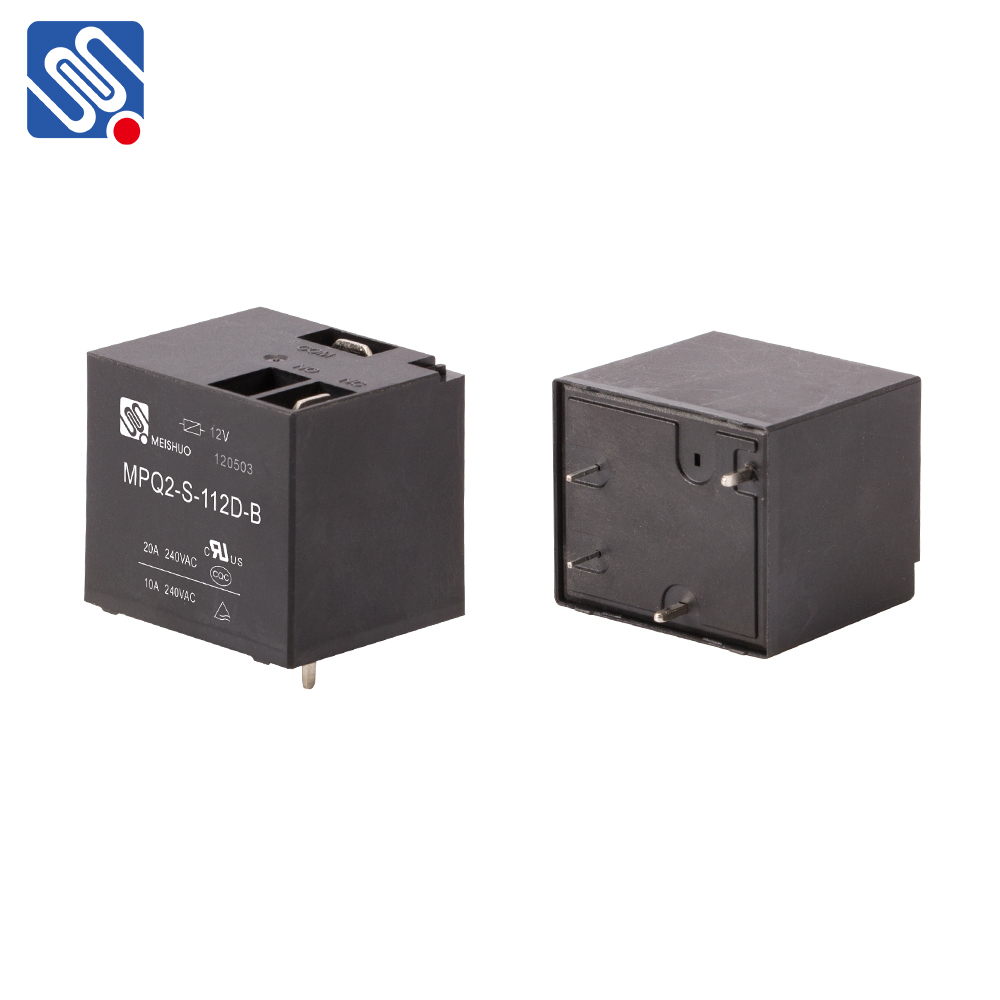understanding the 12v 30a relay: applications, features, and benefits
Release time:2025-11-20 17:34:43
A 12V 30A relay is a crucial component in electrical systems, especially for high-power applications where controlling large amounts of current is necessary. It serves as an electrically operated switch that allows a low-power signal (such as 12V DC) to control a much higher current (up to 30A). Widely used in automotive, industrial, and home appliance circuits, these relays offer an effective solution to manage electrical loads safely and efficiently. This article delves into the functionality, applications, and benefits of the 12V 30A relay, highlighting why it is a popular choice in numerous systems.

What is a 12V 30A Relay?
At its core, a 12V 30A relay is an electromechanical switch that enables one circuit to control another, typically allowing a low-power control signal to switch a higher-power circuit on or off. The relay operates through an electromagnet that, when energized by a 12V direct current (DC), pulls a set of contacts together or pushes them apart, depending on the type of relay. These contacts can handle up to 30 amps of current, making the relay suitable for controlling high-power devices such as motors, lights, or heating elements.
The "12V" refers to the operating voltage of the relay's control coil, while "30A" refers to the maximum current the relay’s contacts can safely handle when switching a load. The combination of these two factors makes the 12V 30A relay ideal for automotive and other DC-powered systems.

